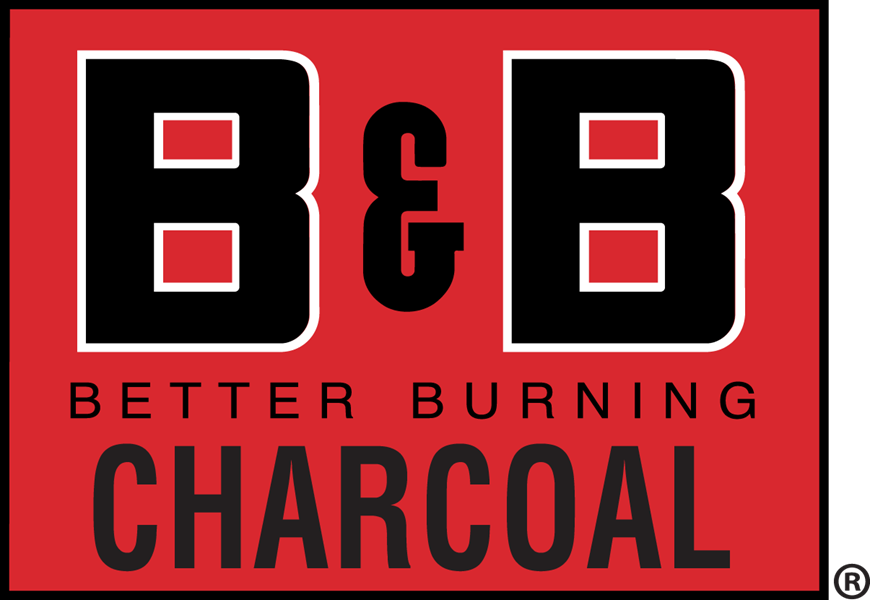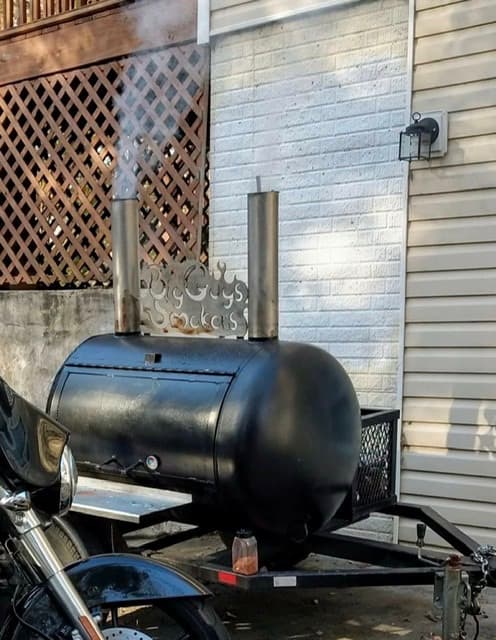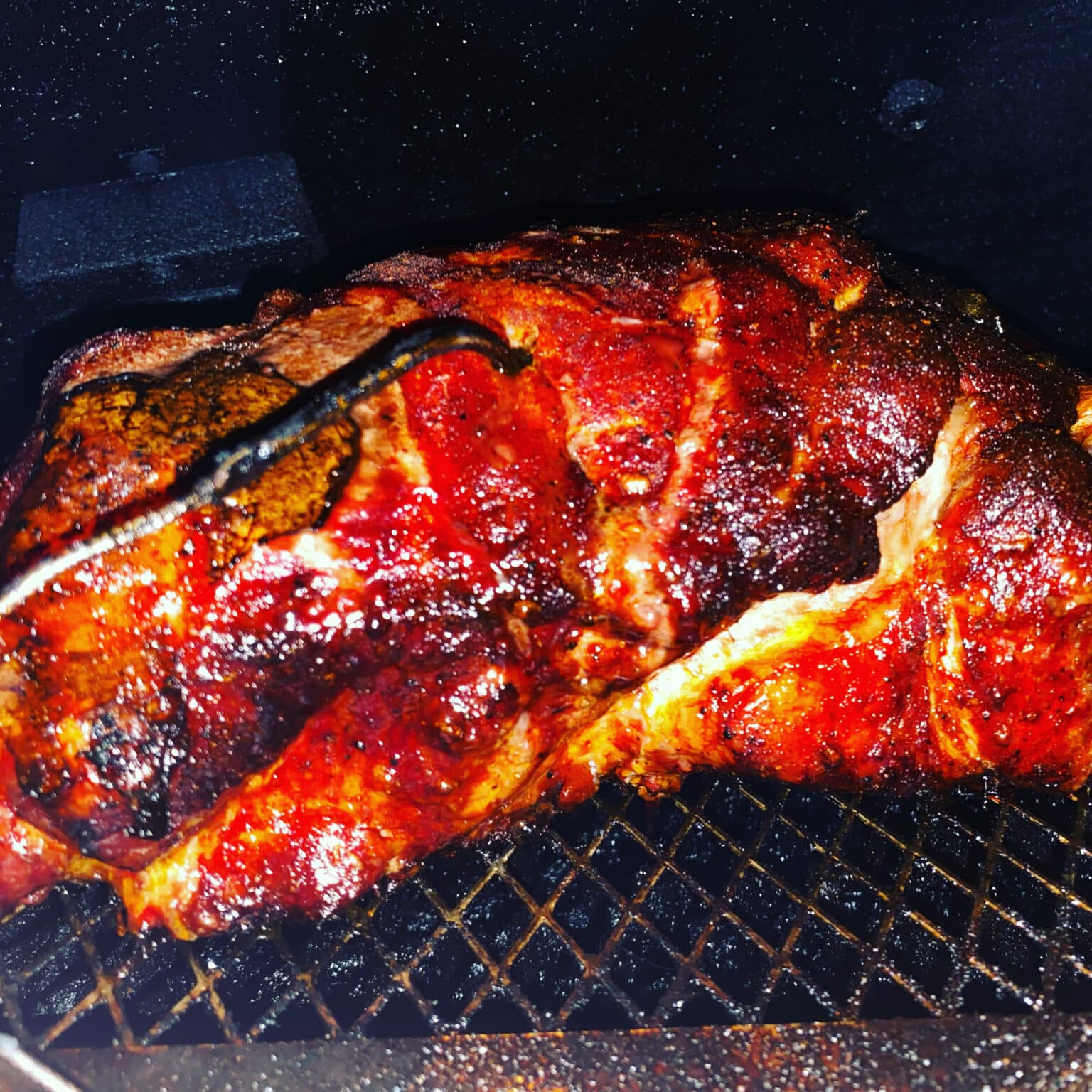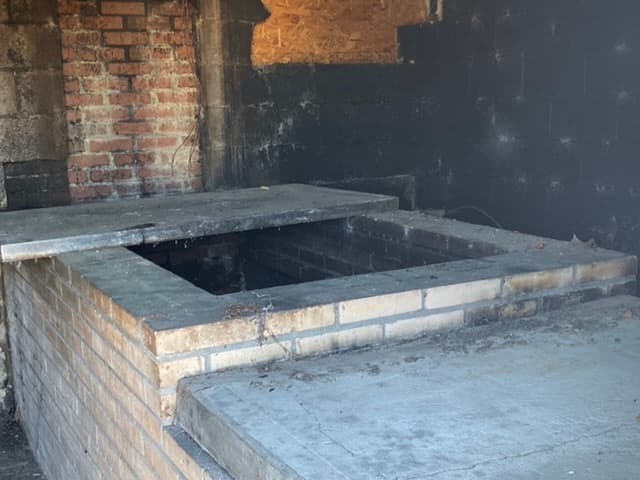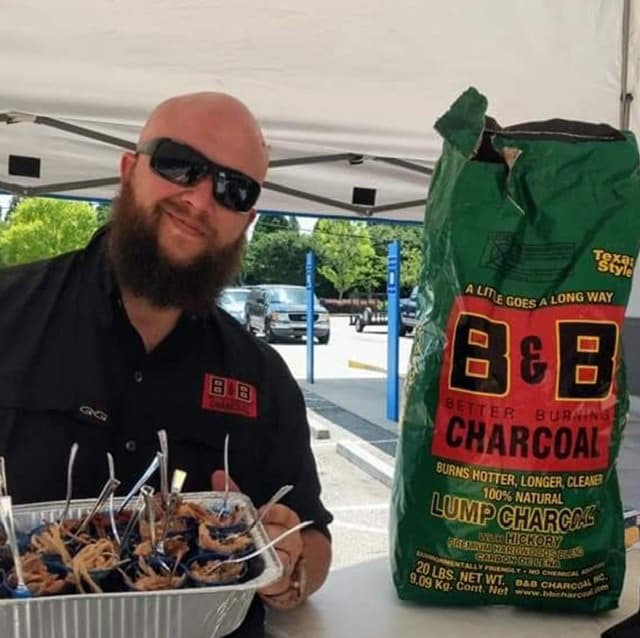The most: a guide to the craft of que
Contributor: Wes Phillips, Burnt Bermuda BBQ
Posted: January 16, 2020
What You Need The MOST… a guide to the craft of Que.
Tiptoeing into the art of great BBQ is essential. Consider The Most… thought process. Especially the longevity of getting support of your craft/enjoying it…. Seasoned Smokers…. (pun intended) BOOKMARK this to share with those who aren’t seasoned in the craft of great BBQ. They’ll thank you for it and before long you’ll be enjoying their crafted Que. Even without risk of food poisoning, indigestion, or just plain over smoked food. The most… is important.
The MOST…. the element most smokers the world over fail to teach…. I’m about to let you in on a secret that all championship pitmasters have to learn, even if they don’t know that they know it. Believe it or not, some don’t realize this!!!
As I said, tiptoeing through the process is the advice that should be given ALL new smokers.
The most… a concept that eludes many. Think of your first solo smoke, or an experience of someone you know’s first smoke. Likely you thought it was good, but not great. The reason for this is many beginners try for the most… The most smoke, the most bark, the most flavor the most cook time, the most seasoned pit etc.
Smoke…
The most… smoke…. If you’re reading this you are well on your way to becoming king of the neighborhood maybe even world renowned Championship ring wearing Pitmaster. Here's part one, smoke…. The most smoke isn’t needed for great BBQ. Smoke is an ingredient for BBQ, an ingredient. So letting it over smoke, not running the pit as effectively as you should, won’t turn out better BBQ. Inefficient smoking or using subpar woods or briquettes creates creosote, dirty smoke, and discolored meats. You’re looking for the least side of smoke.
Thin blue to clear smoke. Don’t worry if its near invisible, its because you are running an efficient cook, conserving fuel and not over smoking the meat. Its likely your smoke session will last four+ hours, in which time you can get the sweet kiss of fruit wood smokes, or the great smoke from oaks and hickories, or the strong earthy but slightly sweet of mesquite and hundreds of other combinations. Remember you want to smell that smoke not see it puffing white clouds.
Bark!
The most… bark…. Bark is a combination of the spices you apply, the mythical smoke ring, the caramelization of the sugars in the rub as well as the smoke each must play a role in the bark. You want the tender jerky like crusted meats with the kiss of the smoke from quality wood fuels, the rub working in harmony with the meat. This is normally a mahogany color to a darker black to dark brown depending on the meat. Its not inches thick, it doesn’t need to be that. When you break a piece off that butt you try it and know instantly that all your applied methods to the meat worked. You can clearly identify the smoke, the rubs sweet, savory, spicy or any combination coupled with the meats natural flavors.
Bark takes moisture away from the meat in most cases because that jerky texture you enjoy is the absence of moisture. It can and should be still moist, but the deeper the bark the less moisture is in the final product. Many factors are a part of the bark, most commonly is the sugars in a rub that work with creating the bark. That also can quickly become a burnt sugar that is not desirable, this is the over-caramelization of the sugar. It must be done correctly so you don't burn it. Think about how caramel is made…. sugar, heated slowly and carefully to that perfect golden brown, then a fat like heavy cream or butter whipped into, but, I digress. It’s a calculated attempt. You don't have to be a scientist but you need to put thought into the craft of Que.
Flavors, injection & rubs
The most… flavor…. “well I injected it with pineapple juice and hot sauce and a whole bunch of phosphates because I saw it on Eating Foods And Watching the Method Channels.” Call me a “Phosph-hater” but phosphates do not belong in your backyard. That's another article…
But phosphates are a near-requirement in competition cooking for moisture retention and added flavor. Because that most likely one bite, maybe two from the judges at the tables- they don’t get a meal to enjoy, you have to make an impression, there’s not a side of pitbeans or slaw, it’s a one bite one experience. Then they have to guess what way their judges like BBQ and they can’t add sauce or seasoning to any product.
But guess what???
Not a single one of the guests you’ve invited over for a BBQ will enjoy a singular bite of the work of food art you’ve pulled off the pit! They’ll likely add their sauce in the amount they want or won’t add any sauce. They may add coleslaw to their sandwich etc. You are feeding them something that they can eat, bite after bite, that little heat builds, that sweet rib it gets sweeter as you eat it. Overdoing the flavors can mask other parts of the meats flavors or even what's served with it.
The juice injections are just not needed, they can be easily overdone and likely lead to mushy meat because of the acids in the injection you chose. So start out with a simple flavor, building your BBQ toolbox as you go. Your family won’t tire of your efforts. Especially if the product gets better and better. So each time you fire up the cooker learn. They’ll look forward to the newest tool you’ll implement. When you want to step into the competition circuit, we’ll have an article for your phosphates. Even some of the best kept secrets to competition BBQ….Trust the process.
Time
The most.., time…. Long ago the methods of BBQ were extended cook times to break down because they were less desirable cuts of meats. It did take hours and hours to make an OX’s tail edible. (Which are fantastic by the way) But now look at that big meaty pork butt you have in the fridge. How about that big packer brisket – great meaty cuts.
Even Select cuts are easily edible without the 29 hours of low and slow. No shoveling coals in an open flame pit. Newsflash, your smoker probably has a lid, doesn’t it? You don’t lose heat the way you once did when they cooked over open pits. Your cooker likely leaks here or there but a quick Amazon search has a food safe sealant on your doorstep in a day or two. Or maybe after a handful of cooks the small leaks on the cook chamber self seal. Which happens with the process of seasoning the cooker.
Hours are required but smoking something is not a two day run. Briskets; even the large 15+ pounders are finished in less than that time line you heard on the TV. Its efficiency in burning the fuels, its high quality fuel like lump, or cooking wood. Even a good briquette of Charcoal like the high wood in briquettes that B&B has- yeah I know that % off the top of my head…
But, its keeping the lid closed, trusting the process and monitoring the process- be it windows on the pit or thermometers. Should be learning something every cook. You hear “well I don't use thermometers I just know when its done.” You too will get to this level of confidence but why not Shave YEARS off that process by learning the craft by watching your process?
Learning the craft of Que…..Shaving years off of a craft that is this old is worth that $50 thermometer you bought. After all its Wifi enabled and grafts your cook from cook chamber temperature to the rise stall and eventual finished product… right? This is a process to learn, go back to your grade school days, get an old fashioned notebook and record your cooks. Note your times, temps, flavor profiles, woods used, etc. Then build off the next cook and build that BBQ toolbox. This isn’t a most BBQ wins, its a balance of flavors that wins.
In closing, or if you just scrolled to the end to see the payoff without the process, here it is. The most of any of these components of BBQ will make for less than desirable BBQ. Your friends and family will be more apt to continue tasting the craft as you hone it calculatedly. You don’t need The Most! Trust the process of building a BBQ tool Box, learn to use available tried and tested rubs. Use high quality fuel and most of all quality fuel and wood like the B&B Charcoal lines of product.
